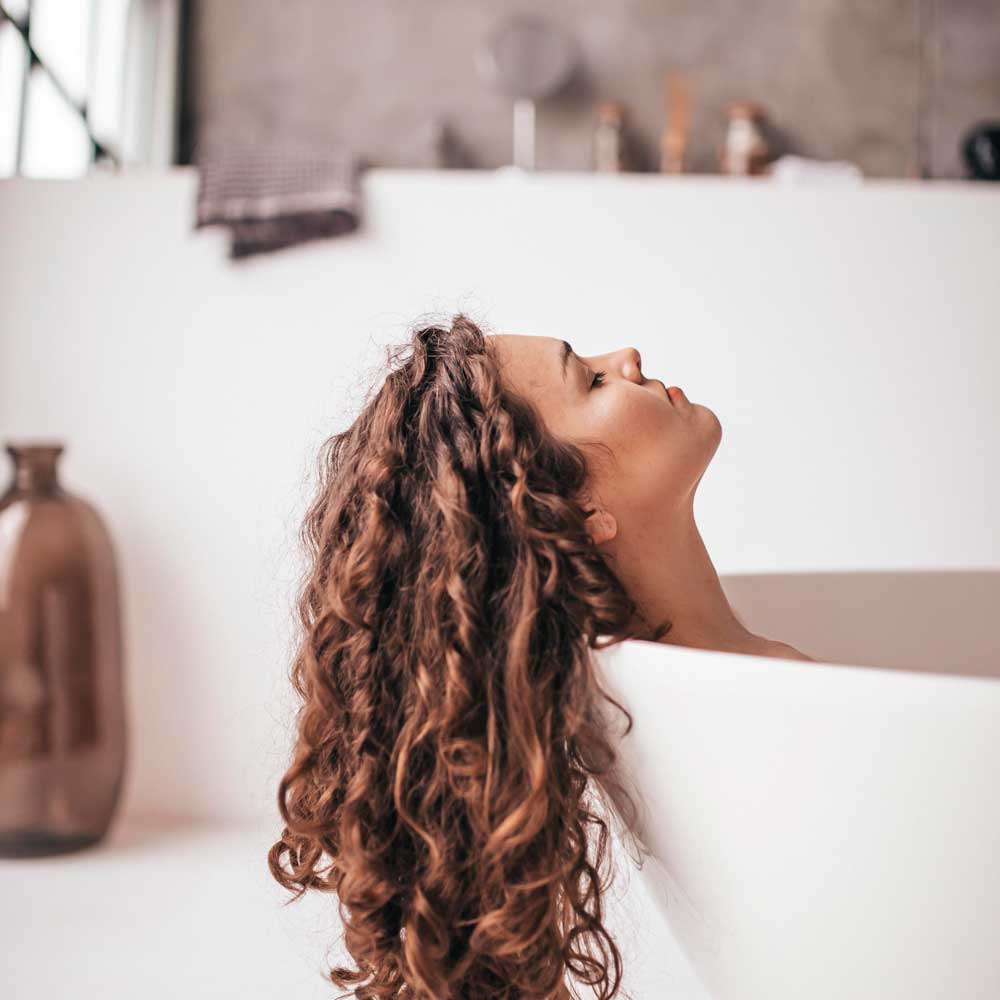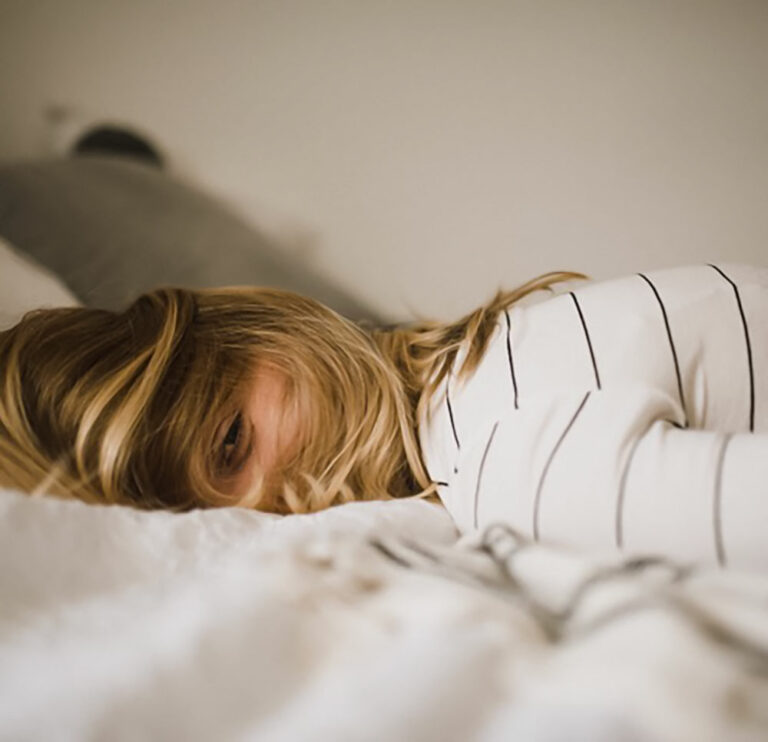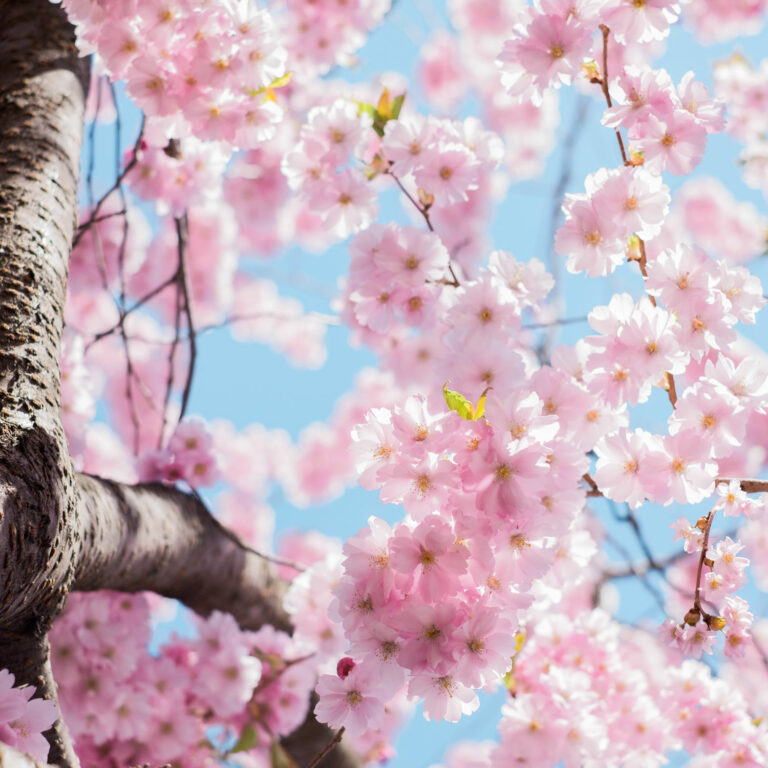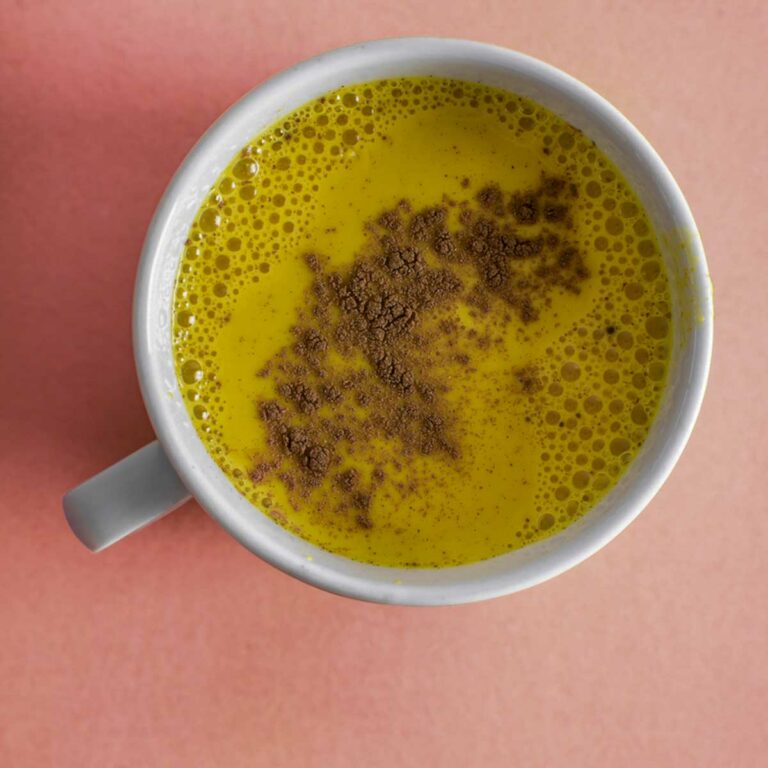In all my years of teaching yoga, I have found that several of my students suffer from the same ailments- many of which are linked to high-stress, sleep-deprived lifestyles. Today more than ever, we live in a state of sympathetic nervous system overdrive – chronically living in high gear. Studies have found that stress can be a great motivator, and help us in a variety of different situations. Stress can lead to clarity in high-pressure situations. It’s simply not healthy for to live in a constant state of stress. Over time this leads to insomnia, headaches, and even diseases. No wonder so many of us find it difficult to fall asleep (or even stay asleep) through the night.
So the question becomes… “Marianne, I know I have too much stress, but how do I fix this problem?” How do we restore the healthy balance between the sympathetic and parasympathetic nervous systems – where rest is possible and easily attained?
There are many ways to condition your body to respond to stressors in a way that balances the fight or flight response with a calm inner self. Through a lifetime of teaching yoga and Ayurveda and many years of research, I have narrowed down some tips and tricks to help you navigate through the stressors of life and learn to achieve a calmer self.
How comfortable is your bed? It’s vital to find comfort and relaxation in our beds where we spend a lot of time throughout our lives.
After ensuring your bed is comfortable for your individual body, take time to focus on the position in which you sleep. Just like after Savasana we roll to our right side, we sleep on our right side for the same benefits. This ensures that our hearts remain open and liberated from pressure because our heart remains above the organs; it allows for a calming of the body and mind.
Our breath is our vital life source, so it’s important to focus on this when we feel our stress running rampant. Throughout the day, be mindful of your breath, and as you fall asleep at night concentrate on your breath. With every inhalation, feel the diaphragm draw down into the belly, expanding the belly fully. With every exhalation, feel a slow smooth release of the space. Breathing exercises will calm the mind and reduce the Vata energy that can bring insomnia.
An Evening Ritual That Will Bring Sleep with Ayurveda
Creating an evening ritual for yourself is a great way to prepare for sleep. Evening rituals help reduce the stress from your day, allowing you to wind down, instead of collapse into bed. Following a nightly ritual is a great way to focus on YOU, and allow the thoughts from your day to melt away. This creates a space where you feel comfortable, safe, and stress is lowered. My nightly ritual is as follows:
1. Drink
I enjoy a cup of warm chamomile tea or warm milk in a quiet room of my home. Both are proven to help induce and improve sleep through their calming effects attributed to shifting the chemicals in the brain.
2. Bath
Next I enjoy an evening bath, always with oils and sometimes with Epson salts. Lights are low, candles lit, I lay in the tub with my ear below the surface and breath. Its heavenly Baths like this replenish our body and soothe the senses to create a relaxing, aromatic experience that allows the self to enter a state of relaxation.
3. Massage
After your bath, massage your body with your favorite oil or ghee. I know the idea of rubbing ghee all over your body sounds strange, however ghee is very Ayurvedic. Ayurveda believes ghee in your body and on your body is the key to master vitality of life. Ghee is considered cooling and calming to our system. I add a few drops of lavender to my oil or ghee. Begin your self massage at your head, massage your scalp, take your time at your temples, ears, side of neck, move down your body touching all the surface you can, end at your feet and spend a little more time massaging your feet. There are thousands of nerve endings throughout the body, so stimulation will help to loosen up the body, and relieve excess stress that we may be carrying with us.
4. Practice
A consistent nightly asana practice will help relax your body and mind – and help you sleep. Moving through and holding postures mindfully will help train our minds to challenge the sympathetic nervous system response and find our inner calm and balance.
• Cat and Cow – brings mobility to the front and back of the spine, builds diaphragm strength
• Wag Dog – brings mobility to the side of the spine, helps stretch side bodies
• Thread The Needle – twist the spinal disks, twisting the organs as well
• Supported Pigeon – stretches the hip joint, opens the hip flexor, induces relaxation response
• Side Lying Spinal Twist – lengthens the side body, induces relaxation response
• Sitting Forward Fold – releases the whole back body, induces relaxation response
• Savasana – brings complete surrender, induces relaxation response
5. Breathe
In yoga Ayurveda the practice of controlling the breath and the mind is called Pranayma. The best Pranayama practice for calming is Alternate Nostril Breathing, Nadi Shodhana Pranayama. How to practice Nadi Shodhana Pranayama:
• Sit comfortable
• Close your eyes and bring your right hand to your nose
• Exhale and then use your right thumb to close your right nostril
• Inhale through your left nostril, then close your left nostril with your ring finger
• Open the right nostril, and exhale through the right side
• Inhale through the right nostril, then close the right side
• Open the left nostril, exhale through left side
• This is one cycle
• Always complete with exhale on left side
• It is best to practice this for ten minutes each day to relax and cleanse the mind.
I hope these tips help you on your journey to finding peace and freeing your soul from the pressures of life. Though these pressures are felt by all and are naturally occurring here on earth, we CAN take back the control we have over them. These daily practices will challenge the nervous system responses to high pressure situations, hopefully easing the chronic symptoms so many of us suffer from.
~XOM








